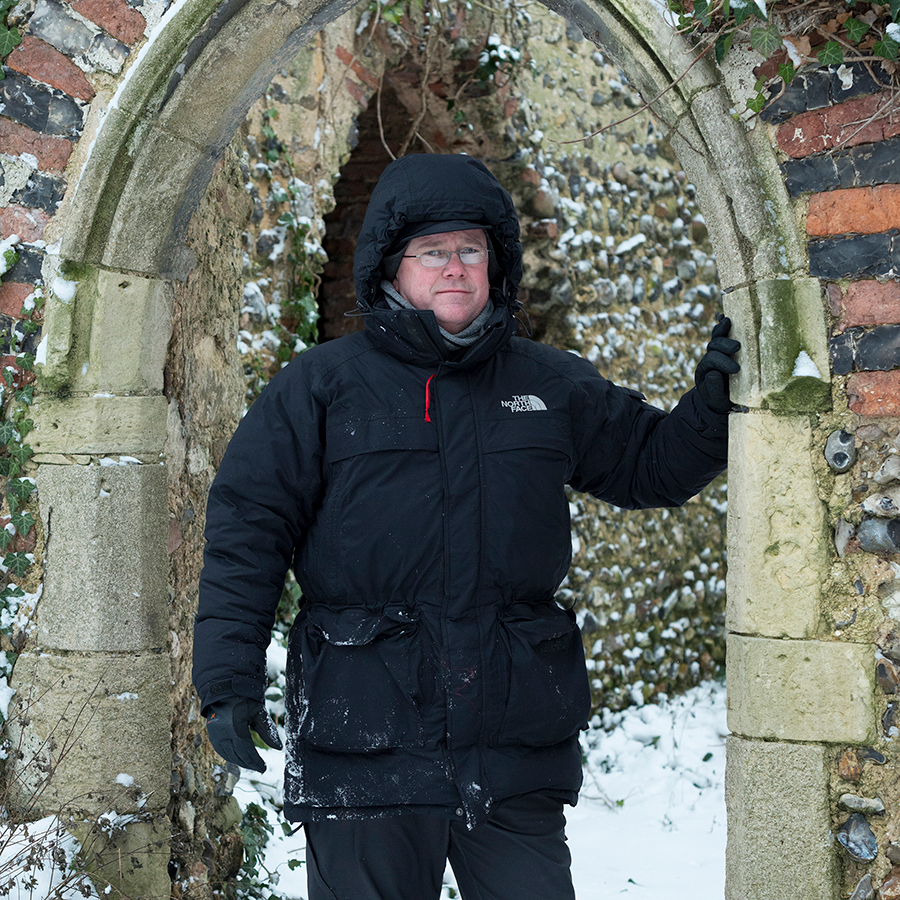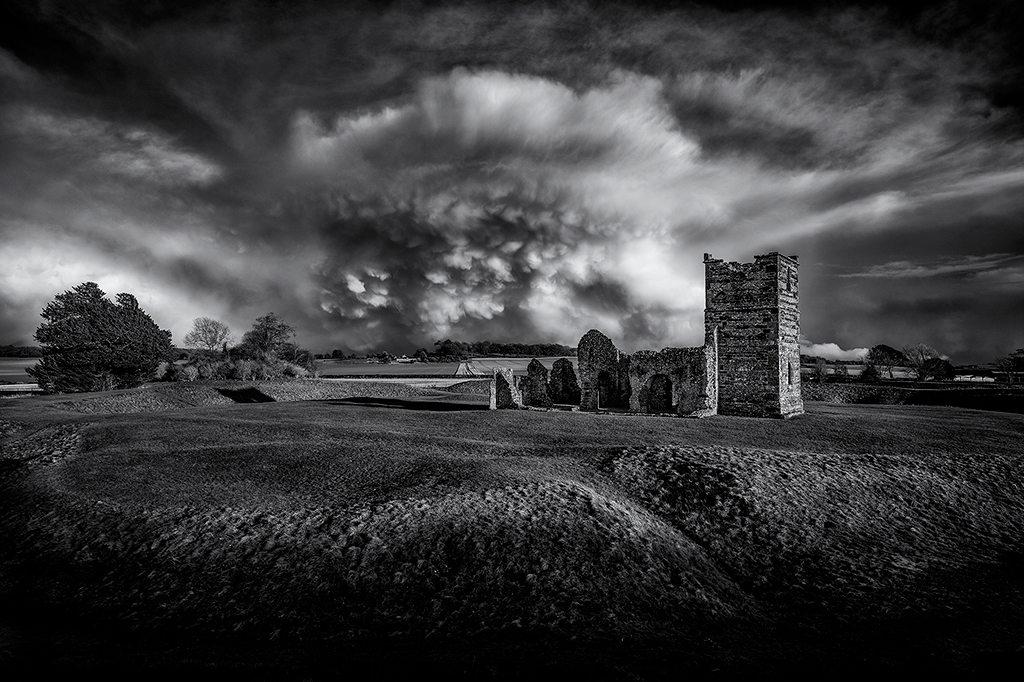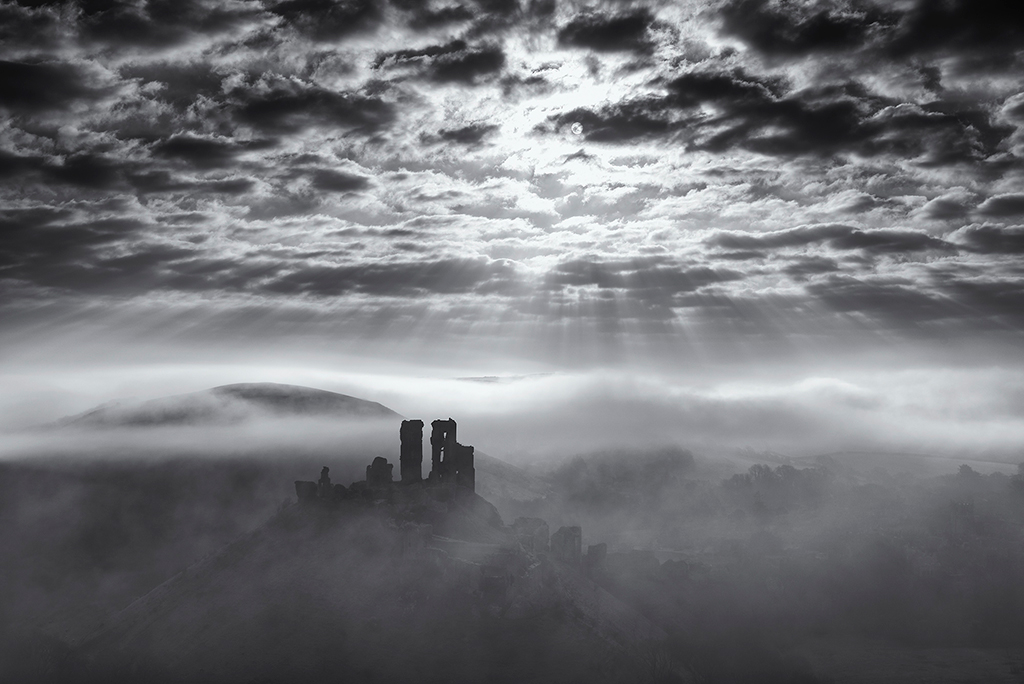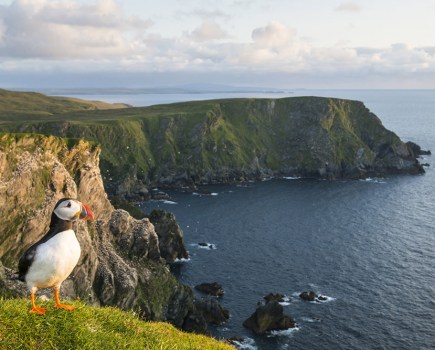Landscape pro Jeremy Walker is your guide to capturing moody and atmospheric monochrome landscapes you can enjoy all year round.
Why shoot landscapes in monochrome? It’s a reasonable question. Why not instead exploit the capabilities of a modern sensor and shoot in glorious colour? To me, the answer is not a technical one. I find there is an undefinable quality about black and white images that I just don’t get from an image that was shot at sunrise or sunset and packed with super-juiced post production primary colours.
It’s a good idea to bookmark for later this guide to some of the best software for black and white editing. There is a new version of the Nik Collection from DxO, for instance, which includes some great improvements to the local adjustment tools. As I will discuss later, one of the best tools for black & white editing is Silver Efex.
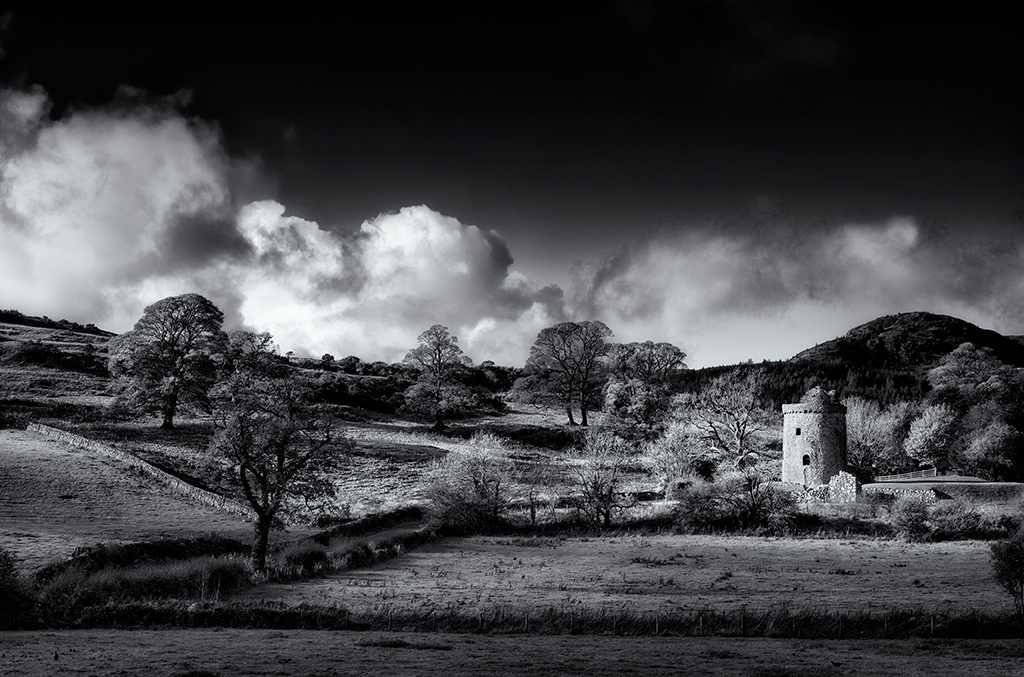
Black & white imagery is not for everyone. A client said bluntly at a recent workshop, “I don’t do black & white” – fair enough, but I feel they are missing out on an incredibly creative aspect of photography. The days of starting out by mixing chemicals in the bathroom, sticking bin bags across the window to achieve blackout, an enlarger precariously perched on a stool and prints being washed in the bath are probably consigned to the past, but processing your own black & white negatives and then printing them really concentrated the creative mind.
You saw the world in black & white, your whole photographic output was in mono and so you looked at the world in shadows, tones, contrast and texture. Colour, unlike today, rarely came into it.
The best times and places for moody monochrome landscapes
Shooting moody monochrome landscapes requires a great deal more effort than just getting up for a sunrise or sunset and then hitting the saturation slider in post production. Having found a location that will work well in mono is one thing; being there at the right time in the right conditions is another.

Weather forecasts showing the percentage of cloud and rain, wind speed and direction become critical. A forecast showing a 50% chance of rain with the wind at 15 to 20 miles an hour can be encouraging. Basically, look for sunny intervals with frequent showers.
Clearing (or approaching) storm clouds on a background of deep blue sky with dark patchy shadows scudding across the landscape are heaven for those photographers who want oodles of mood and drama; although there is a price to pay for such dramatic conditions. If you seek storm clouds, the chances are you are going to get wet, cold, hit by hailstones or even snowed on! But trust me on this one, it will be worth it.
Hunkering down on a hillside, even well prepared and in the right outdoor kit, can seem slightly unpleasant at times but when the storm clears you are there, in place and ready to shoot. There is no getting out of the car, getting togged up and walking to the right spot: do this and the chances are that you will have missed the shot, that transient moment when all the elements come together for a split second.
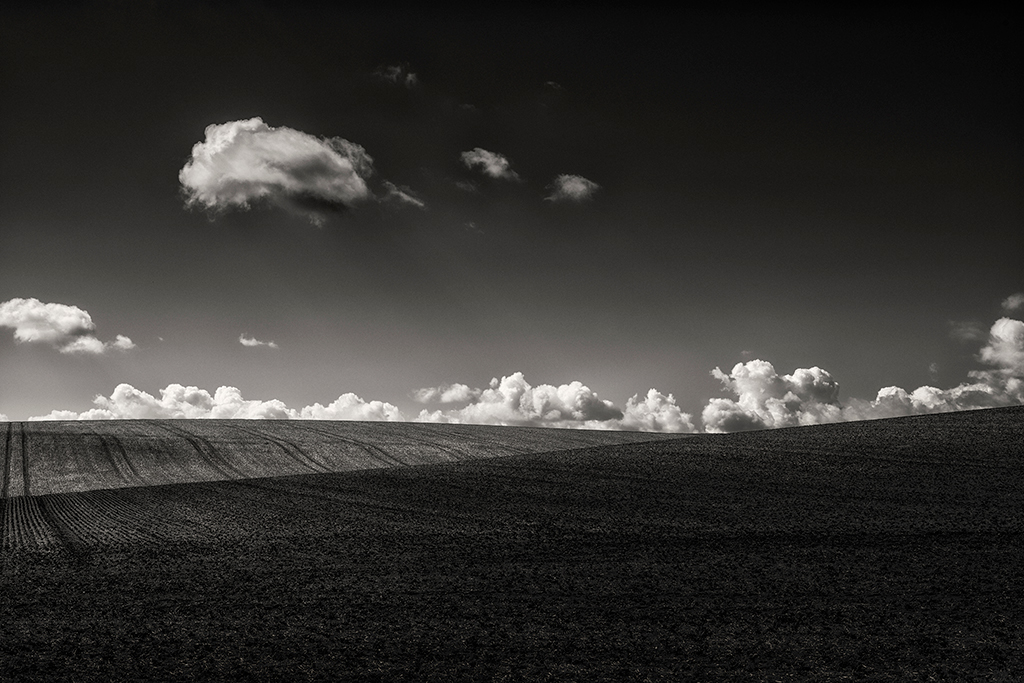
Yes, you may suffer a cold droplet dribbling down your neck or a pounding by hailstones, but these are outweighed by the feeling of being in the right place at the right time, ready and waiting – then getting the image. Hours of discomfort and patience that create the chance are a part of it.
Thinking and shooting in mono also opens up the possibility of a larger, longer working window. Sunrises and sunsets with their pretty pink skies come and go after about an hour but when shooting in mono there is often an opportunity to do so much longer into the day. Yes, conditions and location will have a big say in this, yet you can often use the light to your advantage even several hours after sunrise or before sunset.
Late autumn, winter and even early spring are great times to consider shooting mono, as there is precious little colour in the landscape anyway and the sun is never going to climb too high in the sky.
Editing for moody monochrome landscapes
When shooting atmospheric monochrome landscapes, you should be aware of how you are going to process them and what sort of feel and look you are going to give your images. The doyen of many landscape photographers, Ansel Adams, always said to visualise the final print on the wall before you take the camera out of the bag, and this still holds true today.

On location, you should know what look and feel your image will have, and when sat in front of your computer you should know how to achieve the desired result. It is not just a case of pushing the saturation slider to the left in Photoshop, desaturating the image and hoping for the best. Contrast, clarity and colour channels can all come into play in creating the look and feel you desire.
Possibly the best-known software for creating black & white images is the superb Nik Silver Efex. It is a very creative and powerful program with many presets; though it too has its limitations. It can be very unforgiving, so you need to check your images carefully for any deficiencies and imperfections that it may create.
In using software that has many presets, there is the risk of producing images that look like everyone else’s. Choose what to use carefully. Look to create your own style, apply a pic ‘n’ mix type of approach to your selections so that, hopefully, no one else will have quite the same look and feel to their images.
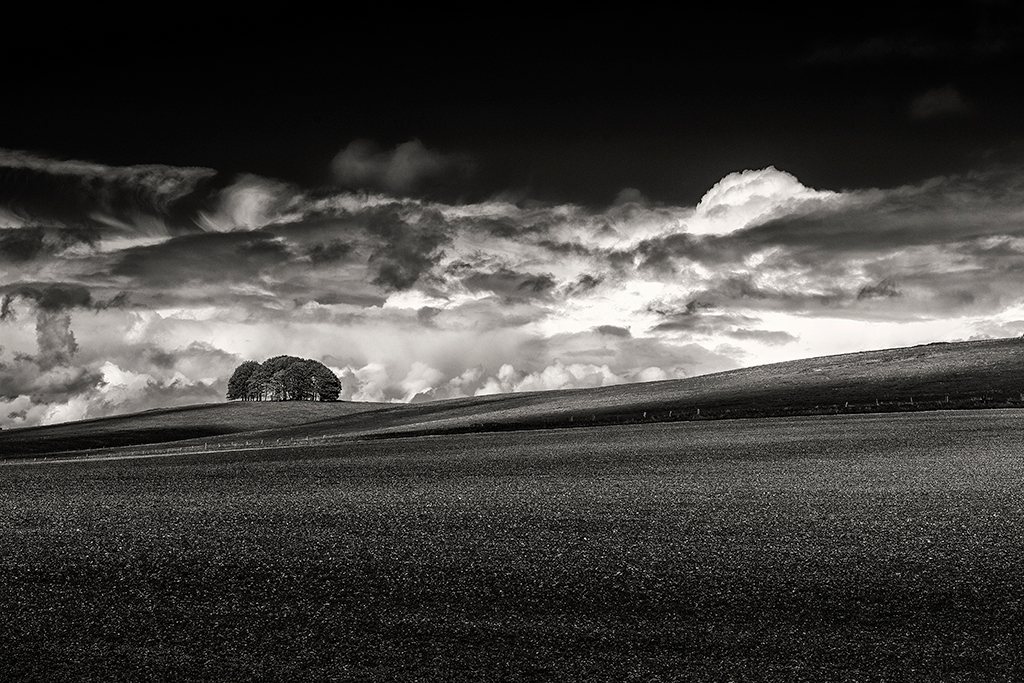
You have visualised and shot your landscape as a black & white, but of course the camera chip is seeing colour (unless you have the stunning Leica M11 Monochrom) and the resultant raw file will contain all the colour information that was in front of you at the time of shooting. In converting the raw file to a black & white image the software is using the colour information and you can turn this to your advantage.
For instance, if you want dark black skies, make your blues as dark as possible, using a polariser or grad. Even when shooting for a black & white image you still must be aware of colour and how its conversion will affect the resultant image.
Just do it
I urge you to give black and white photography a go when the conditions where you live are right for it. Not just pleasant images with a wide tonal range and a well-balanced histogram, but images with solid blacks, mood and drama by the bucket-load. Set your camera monitor to mono and visualise and explore a dramatic world devoid of colour.
Why this image works
The ruins of Kilchurn Castle on the shores of Loch Awe are often photographed at sunrise with calm waters, reflections, snow on the hills and often a thin layer of mist wafting by. I wanted to see what the castle was like late on a breezy, wet winter’s afternoon. My visit was more in hope than anticipation as it had rained all day. Scotland in winter is always a frustrating battle against the elements.
Storm clouds hung over the hills, the wind ruffled the water, and the sun was well hidden: not a promising start. However, just for a few minutes a beam of light pierced the gloom and illuminated the stark trees in the foreground, the castle being almost an afterthought in the distant background.
I knew then that a bit of work in Photoshop and a black & white conversion in Silver Efex would produce the moody and dramatic image that I had in my mind’s eye. Judging the scene when you shoot it and knowing your software are key to this type of image. At the time of shooting, you should have an idea of what your final image will look like, and how you are going to achieve it.
Jeremy’s top tips for atmospheric monochrome landscapes
Follow the weather forecasts
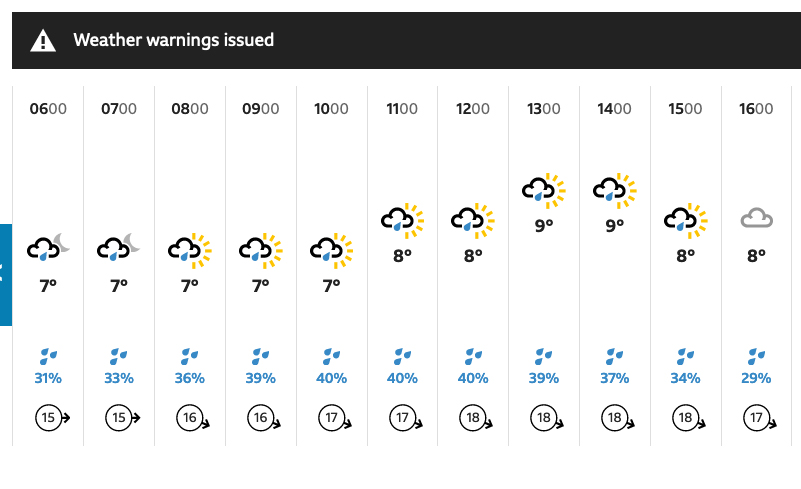
Don’t be put off by warnings of showers or even storms. You want moody and atmospheric conditions, but need to find a balance of showers, sunshine, and a strong breeze. Use at least three different forecasters to get a good cross-section of what is likely to happen.
Go prepared
There may be a great deal of hanging around waiting for the perfect conditions. Warm waterproof clothing and the correct footwear are the essentials but carrying a flask of coffee and some comfort snacks can be just as important. A soft waterproof cushion to sit on and protect you from cold and damp surfaces during a long vigil is also a must!
Make the best use of filters
Use grads, polarisers and any other filters that will have an impact on how a colour or hue will translate into black & white. It’s also important you get to know your software; how it works with and interprets your raw files. This comes with experience so don’t let one shoot put you off. The more you shoot and process, the better understanding you will gain.
Pick the best subject matter
Large, dark brooding skies work well over castles and ruins, less so over pretty rose-covered cottages. Try to choose a subject matter where the mood and drama help tell a story – ancient stone circles, Neolithic earthworks, and abandoned buildings like old churches can all look amazing with stormy skies and fleeting patches of light.
Patience and perseverance
Judging the conditions at any given location is never going to be easy. There will be a great deal of frustration when the elements do not come together, hours spent just waiting with nothing to show for it. But when the light, clouds and the landscape come together in harmony the struggles will be worth it.
Jeremy Walker
Jeremy, one of the UK’s leading landscape photographers, is known for his eye-catching panoramas and moody black & white landscapes. Landscape is his acclaimed first book and he is in much demand as a speaker, writer, and workshop leader. See www.jeremywalker.co.uk or follow him on Facebook or Instagram.
If you took a liking to shooting black and white landscapes and want to upgrade to the best gear have a look at our guide to the best cameras for black and white photography and the best cameras for landscape photography.




